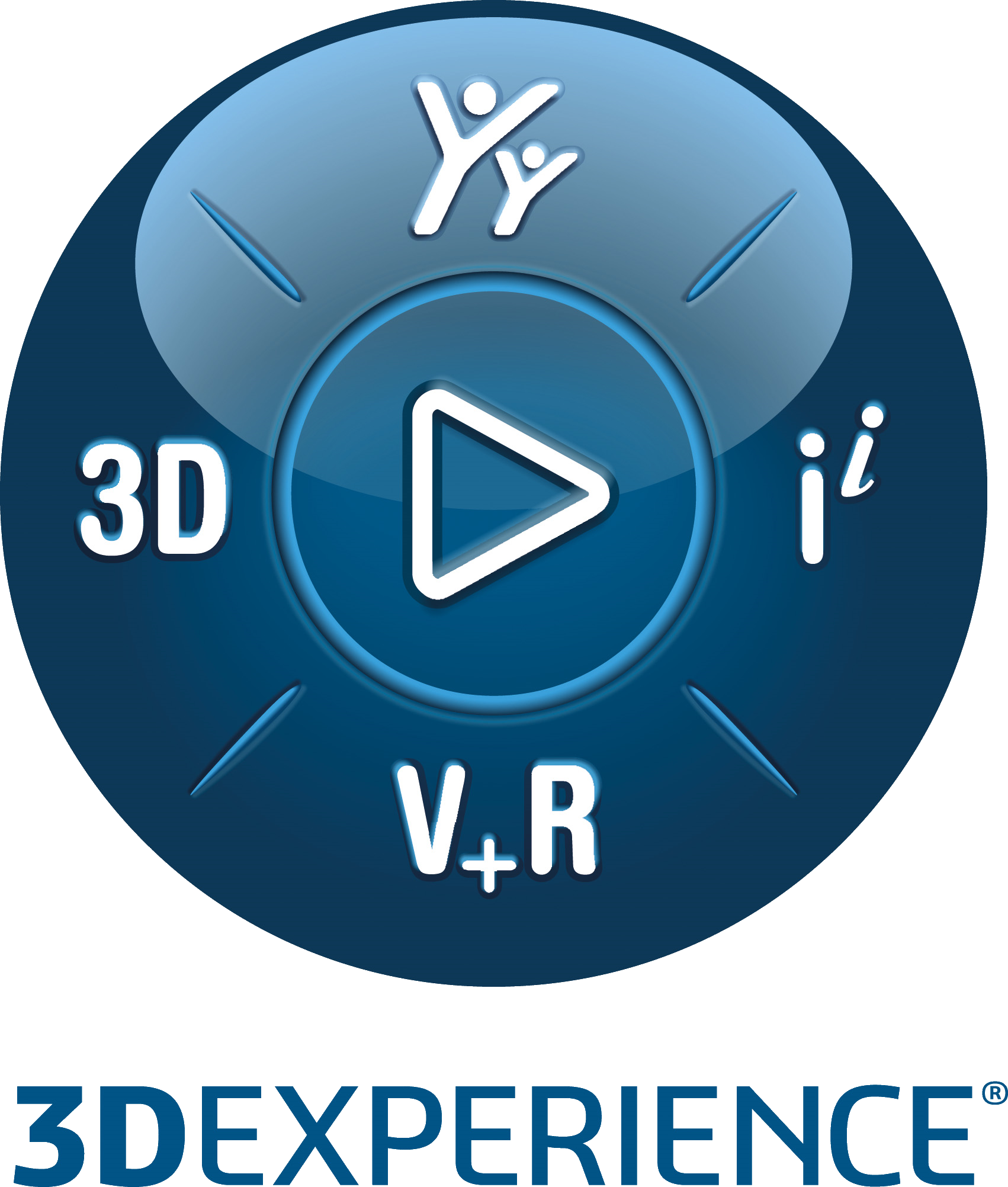Many of us have heard about Simulations or the capabilities of Simulation. The idea that you create a “Virtual Twin” of everything, and test and prod it to determine how it will behave. There’s a saying that “Simulation is an Engineer’s best friend” and that is very true. Some of us have heard about the basic Structural Simulations or the main applications that Simulations are usually used for, however, here are 6 things you didn’t even know you could test virtually or simulate.
1. Gear Lubrication Performance:
When designing something like a gearbox, it can be difficult to know whether the oil given will reach all of the important areas to ensure that everything runs smoothly. Especially if you rely on the gears themselves to fling the oil where it’s needed.
Amazingly this is something that is entirely within the possibility of simulation. With SIMULIA XFLOW you can create a Flow Simulation to test how oil will be displaced in a gearbox while the gearbox is in motion. Here is a video demonstrating the Gear Lubrication Performance:
This means that we can lessen the time spent on physical or prototype testing since we can virtually run the lubrication performance. This does not just apply to lubrication or gearboxes, it can be applied to any example where you need the physical movement of parts to determine how a gas or liquid would behave.
2. Wheel Hydroplaning
A lot of people experience hydroplaning when driving a car in wet conditions. In fact, it’s one of the leading causes of road accidents, and so tire manufacturers need to reduce hydroplaning effects. They spend millions designing tire threads to try and reduce these accidents and try to direct the water from under the tire while not leaving too little contact area. Luckily these effects can be simulated with SIMULIA XFlow. Here is a clip demonstrating Wheel hydroplaning.
Tire manufacturers can therefore use this software to optimise their tire designs to reduce the effect of hydroplaning on the wheel of a car. Again this doesn’t just apply to the example at hand. It can work on anything that needs to maintain its grip in wet conditions, be it a robotic gripper, a bicycle gimbal for your phone, or much more.
3. Sprinkler Nozzle (FSI):
Have you ever thought of how a sprinkler nozzle is designed? How do sprinkler manufacturers test the correct hole diameters so that the water will rotate the whole sprinkler and displace the water at the right amount of distance? Maybe they create an abundance of prototypes, racking up significant costs in the process until they are happy with the results. Or perhaps they do a lot of hand calculations, toiling away hours trying to find the correct formulas to determine the behaviour of their latest design. With SIMULIA XFlow, you could easily simulate how these sprinklers would behave, down the droplet formation and distribution. No more wondering what the best design is.
Using this tool, you can investigate how water would disperse through a nozzle or drive a moving sprinkler, whether that’s for fire suppression, irrigation, or cleaning of solar panels.
4. Drug Distribution:
When we often hear simulation, we think of the physical world where items are designed, from the smallest nozzle or blade to the largest city. But the idea of the virtual twin stretches much further than that. 3DEXPERIENCE Fluid Dynamics Engineer allows for a myriad of flow simulation applications, but one of the more noteworthy ones is its use in drug delivery simulations. From the example below, a simulation was created to determine how a drug would distribute over a scanned portion of arteries, to ensure that the medicine would reach the right location without ending up going too far upstream.
5. Bird Strike:
Airplanes speed through the air at over 800km/h. When your car crashes at 120km/h, it is horrifying, so what happens to a plane when hitting a bird at a much higher speed? Bird strikes are of critical importance for airplane manufacturers to understand and design their airplanes to be able to withstand it. But as you can imagine, flinging birds at real airplanes is both a dangerous and expensive affair. Luckily, tools like 3DEXPERIENCE Structural Mechanics Engineer, a tool using the Abaqus solver (the same one used by car companies for crash testing), allow the simulation of these bird strikes, allowing many cost-effective design iterations while using cloud computed capabilities to reduce solve time, meaning you get the results faster, so you can easily iterate through several designs and find the safest one.
6. Bottle with Liquid Crush:
3DEXPERIENCE SIMULIA has the capability to simulate more than one discipline at the same time. Take a bottle filled with a liquid that is crushed. 3DEXPERIENCE Simulation tools allow for just this scenario and many others, through advanced methods like SPH Elements and even coupled simulations. Want to know if a fuel tank will rupture when struck? How about how fluids will behave inside your design as it is dropped or struck? Below is a video demonstrating this multi-disciplinary simulation:
These are only a few of the examples we have of the many applications of virtual testing, and through the power of 3DEXPERIENCE and the cloud, these simulations can be done more cost-effective, easier and faster than before. On top of this, these tools work seamlessly with SOLIDWORKS, allowing for one-click model updates without the hassle of exporting your files, and having to redo your entire simulation because you made a design change. Do you have your own unique problem you’re unsure of how to solve? Reach out to our sales team to help you find the right solution.






.png)